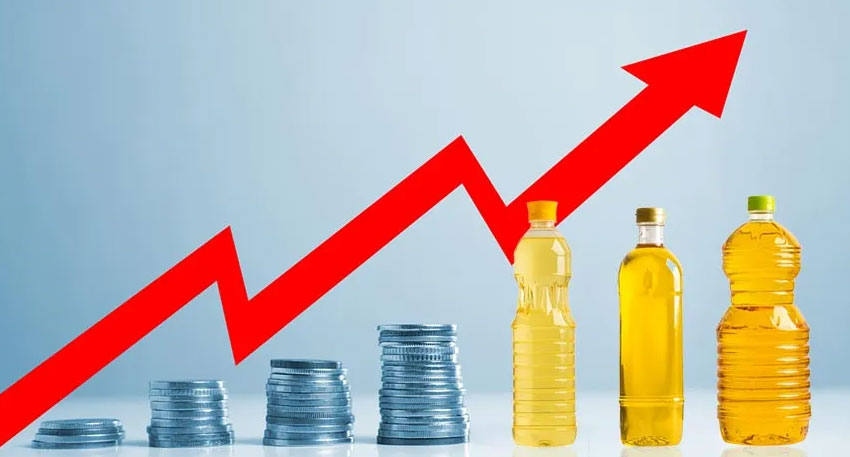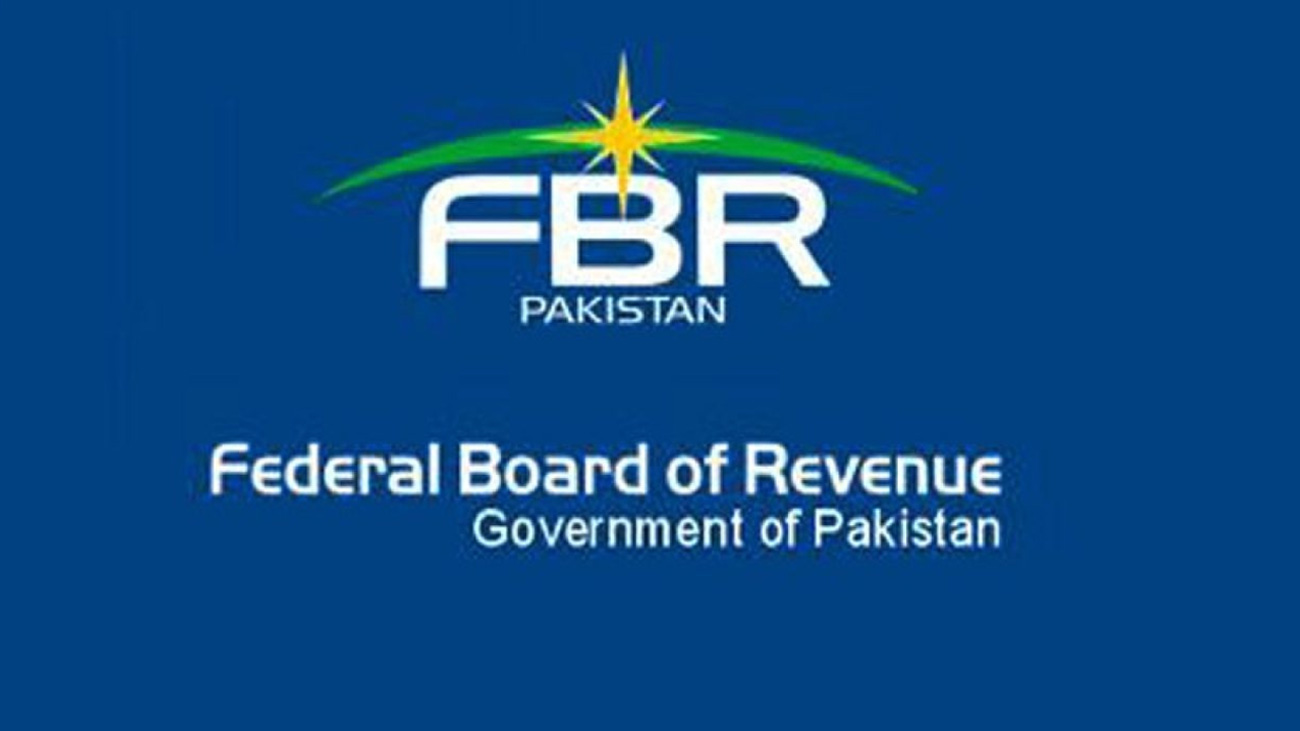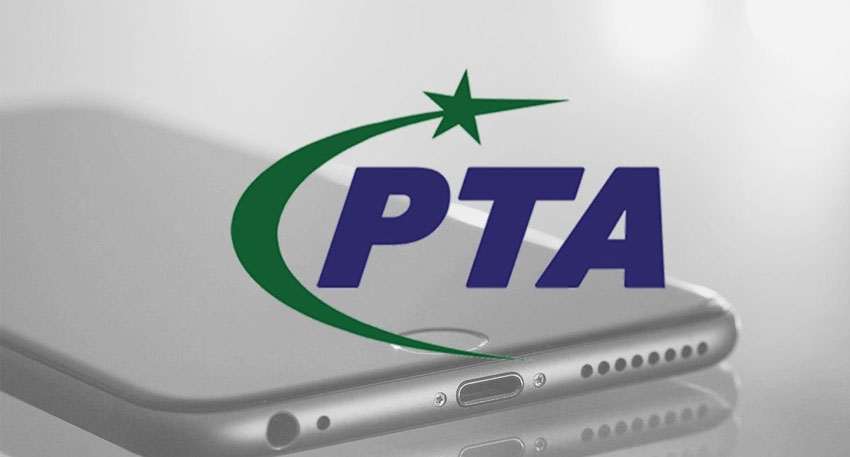
Official documents and inside sources reveal that domestic edible oil prices have increased by approximately 4.5% during the same period. In many regions, consumers are paying up to Rs150 extra per litre, straining household budgets already squeezed by inflation.
At a recent meeting, the Economic Coordination Committee (ECC) raised serious questions: why is the drop in international palm oil prices not reflecting in local markets? Despite reassurances from the Ministry of Industries and Production about sufficient stock availability, officials remain worried that local consumers are not benefiting.
Also Read: Punjab to launch affordable housing schemes for low-income citizens
The ECC has directed a multi-agency response. It called for strict monitoring to curb unfair pricing and possible collusion among distributors and suppliers. Collaboration is expected from the Competition Commission of Pakistan, the National Price Monitoring Committee, and provincial governments through the Ministry of Industries and Production.
Global edible oil prices, including palm oil, have been steadily declining—but local rates continue to rise, highlighting a disconnect between imported commodity trends and prices at the retail level.
Previous studies suggest this pattern may stem from supply-chain inefficiencies, slow pricing adjustments by branded manufacturers, or possible profiteering by intermediaries.
FPCCI has warned of looming shortages as well: at Port Qasim, 300,000 tons of palm oil remain stuck due to customs hurdles, which has added to supply concerns and is further pushing prices upward.
Authorities are under mounting pressure to ensure the drop in global prices filters through to retail consumers. The upcoming decisions by ECC will test the government’s ability to curb inflation and restore confidence in its regulatory institutions.
Consumers are hoping for relief at the grocery store and not just policy declarations.




